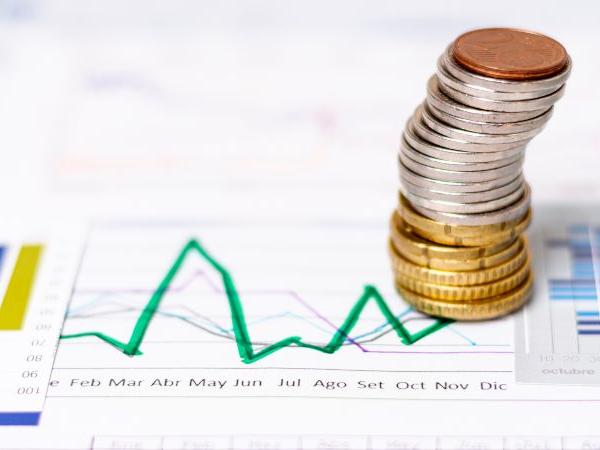The Ministry of Finance published the figures for gross debt of the central national government for the first month of January 2022, which presented a slight reduction compared to the end of last year. According to data published by the portfolio and its Public Credit division, in January the country’s obligations fell to $720.58 billion$3.7 trillion below the balance recorded by the Nation at the end of 221, which was $724.58 trillion.
(Measures to guarantee sustainability of public finances).
This involved a decrease in percentage terms of -0.5%but it is also the first contraction in debt in four months.
Thus, the gross debt of the Nation stood at 56% of GDP in Januarywhich also presented an important advance, if one takes into account that in December 2021 the Central National Government’s debt closed at 61.5% of GDP, also below the projection that the Government had in the Medium Fiscal Framework Term (MFMP) presented last year, which was at 66.8%.
Regarding the composition of the debt, the Treasury figures showed how 59.6% of the balance corresponds to internal obligations, which amount to $429.42 billion, while the remaining 40.4% refers to external debt, equivalent to $291.16 billion. In both cases, there was a drop in commitments, which in December 2021 closed at $431.91 billion in the case of internal debt and $292.40 billion for external debt.
(The GDP of the world’s major economies grew by 5.5% in 2021.)
Expressed in dollars, the internal debt stood at US$107,825 in January 2022 million, and the external debt in US$73,109 million, so that the total brutal debt of the central national government reached US$180,934 million.
Reviewing the debt by its denomination, 60.1% of the debt is in local currency. There, 42% is in Colombian pesos and 18.2% in Real Value Units (UVR) in Colombian pesos. The remaining 39.9% is in foreign currency, with 36.3% in dollars and 3.6% in euros.
In the internal debt, $130.85 billion is in UVR and $298.56 billion in pesos. While in the external debt figures, there are obligations of US$65,654 million, the equivalent of a debt of US$6,478 million acquired in euros, and another US$977 million of debt acquired in Colombian pesos (COP).
The gross debt report also details the profile according to its financing sources, in which the majority corresponds to short and long-term TES, with $391 billion and a total of 54.3% of the participation within the debt. gross; to external bonds, which are $141.86 billion equivalent to 19.7% of the total debt.
(This is how food prices have varied in a year).
Also noteworthy are the treasury notes ($26.2 billion) and 3.6% of the total obligations, as well as the debts with the Inter-American Development Bank (IDB), which total $40.8 billion, equivalent to 5, 7%. The International Bank for Reconstruction and Development (IBRD), represented at $52.09 billion and the Development Bank of Latin America (CAF), with a debt of $10.47 billion.
Luis Carlos Reyes, director of the Fiscal Observatory of the Javeriana University, indicated that “You have to keep things in a big picture, the debt has almost doubled in the last 10 years, so such a small reduction does not have a considerable impact on the trend we see”.
Reyes acknowledged that this is positive news and it has to do with the fact that the government has been able to refinance part of the debt at more convenient rates and there has been a recovery in collections as the economy has recovered after the shock of the pandemic. “In the long and medium term, victory should not be claimed, a tax reform is needed yes or yes to meet the debt reduction goals that are had, especially if the programs that were launched in the pandemic are expected to be maintained,” he indicated. Kings.
Juan David Ballén, director of Analysis and Strategy of the broker Casa de Bolsa, highlighted that, this year, “According to the publication of the Financial Plan, the Government is going to borrow at a lower rate than it did in the last two years, and it is likely that this is being reflected in those figures”. He assured that the government expects a lower debt issuanceboth internal and external, and it is likely that this indebtedness will be reduced throughout this year.
LAURA LUCIA BECERRA ELEJALDE
BRIEFCASE
















